Cabrestante de anclaje de amarre hidráulico
Diez toneladas de cabrestantes eléctricos enviados a Bangladesh, profesional y rápido
¿Qué es el elevador de puerta?
Los clientes del sudeste asiático de polipastos eléctricos toman otro pedido
Grúa de marco de empuje manual con polipasto de cadena eléctrico 3t se envía a Barbados
Entrega de polipasto de tipo europeo con paquete
Nivel de trabajo de puente grúa
Protección de reparación de fugas de grúa aérea
El origen de la grulla
Somos un fabricante profesional de equipos de elevación y hemos desarrollado con éxito grúas de pórtico, grúas puente, grúas móviles, grúas marinas, polipastos, polipastos eléctricos de cadena, molinetes, cabrestantes de ancla, cabrestantes de amarre, cabrestantes eléctricos e hidráulicos, cabrestantes de motor, vertedero polipasto de puerta, puente grúa, nuevo sistema de carro, nuevo polipasto eléctrico de cable.
In 10 BC, the ancient Roman architect Vitruvius described a lifting appliance in his building manual. This machine has a mast with a pulley on the top of the pole, the position of the mast is fixed by a pulling rope, and the cable passing through the pulley is pulled with a winch to lift a heavy object. Some overweight machines can use two masts to form a herringbone and move the lifting object laterally, but the range is very small and the operation is also very laborious.

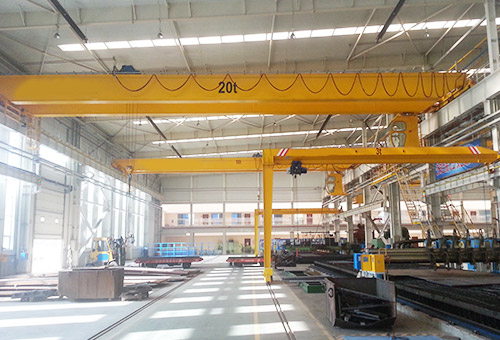
It was only in the 15th century that Italy invented the boom crane to solve this problem. This crane has an inclined cantilever, and the top of the arm is equipped with a pulley, which can be lifted and rotated. But until the 18th century, all kinds of hoisting machinery used by humans were still powered by human or animal power, and were limited in terms of lifting weight, scope of use, and working efficiency.
In the mid-to-late 18th century, the British Watt improved and invented the steam engine, which provided power conditions for lifting machinery. In 1805, Glen Engineer Lenny built the first steam cranes for the London Dock. In 1846, Armstrong in the United Kingdom changed a steam crane from the Newcastle dock to a hydraulic crane.
In the early 20th century, Europe began to use tower cranes.

The crane mainly includes lifting mechanism, operating mechanism, luffing mechanism, slewing mechanism and metal structure. The hoisting mechanism is the basic working mechanism of the crane, which is mostly composed of the hanging system and the winch, and some of them also lift heavy objects through the hydraulic system. The operating mechanism is used to horizontally move heavy objects or adjust the working position of the crane. It is generally composed of an electric motor, a reducer, a brake, and wheels. The luffing mechanism is only equipped on the jib crane. The amplitude of the jib decreases when it is raised and increases when it is lowered.
There are two types: balanced luffing and unbalance luffing. The slewing mechanism is used to rotate the boom and is composed of a driving device and a slewing bearing device. The metal structure is the skeleton of the crane. The main load-bearing parts such as bridges, booms, and portals can be box-shaped or trussed, or can be web-shaped.
Nybon Crane and Hoist is a leader in design and manufacturing of overhead bridge cranes,electric winches,hydraulic winches,gate hoist.etc. We have been providing cranes and hoists to our customers and have shipped equipment to over 80 countries. We can consult, design and fabricate your EOT crane and winch for your specific application.
-----------------------------------
How to contact us
Website:https://www.nybonlift.com/
Email:info@nybonmachinery.com
Facebook page:NybonMachinery
Customer service is online 24 hours
Free online quotation, send product catalog


 复制产品链接
复制产品链接
 长按图片保存/分享
长按图片保存/分享
FORM TITLE
FORM PRODUCT:
 El origen de la grulla
El origen de la grulla
你还没有添加任何产品!
FORM TITLE
FORM PRODUCT:

你还没有添加任何产品!
MAYBE YOU ARE INTERESTED IN
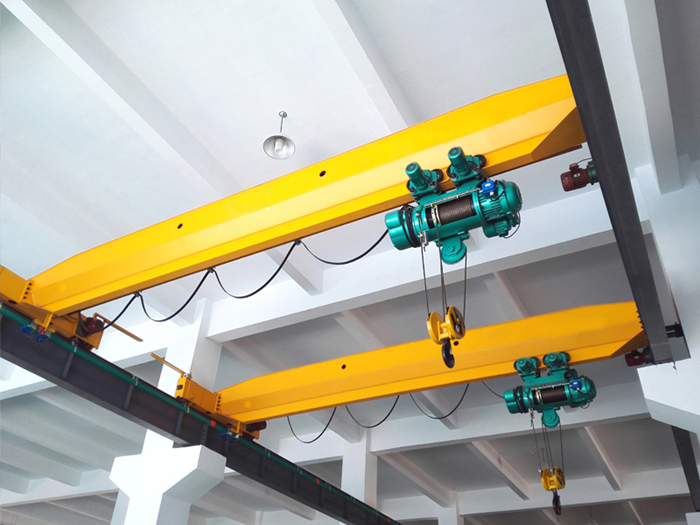
Taller Puente grúa de una sola viga Grúa puente móvil
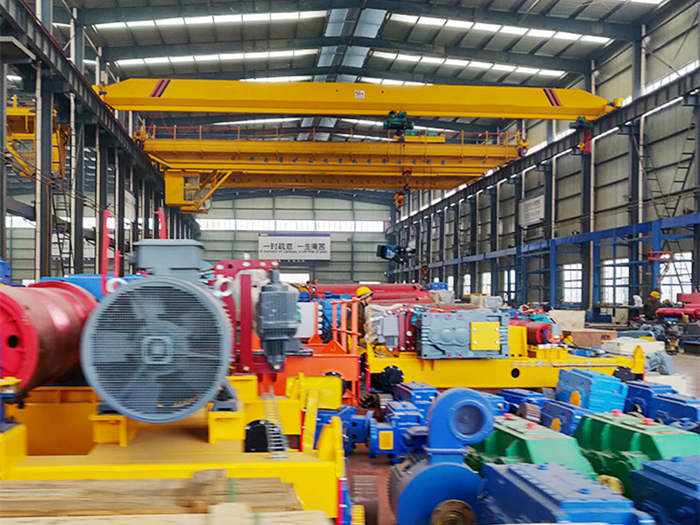
Mejor precio LDA Tipo 1~20t Puente grúa EOT de una sola viga
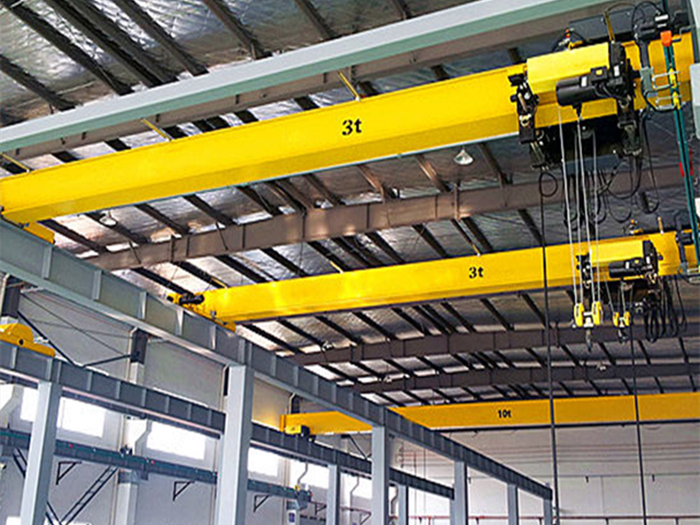
Grúa aérea móvil de viga única móvil

Grúa aérea de una sola viga para taller
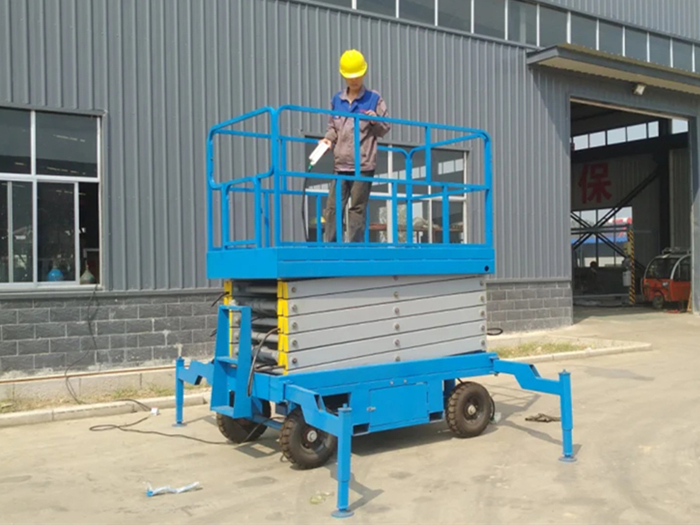
Plataforma elevadora de tijera hidráulica automática
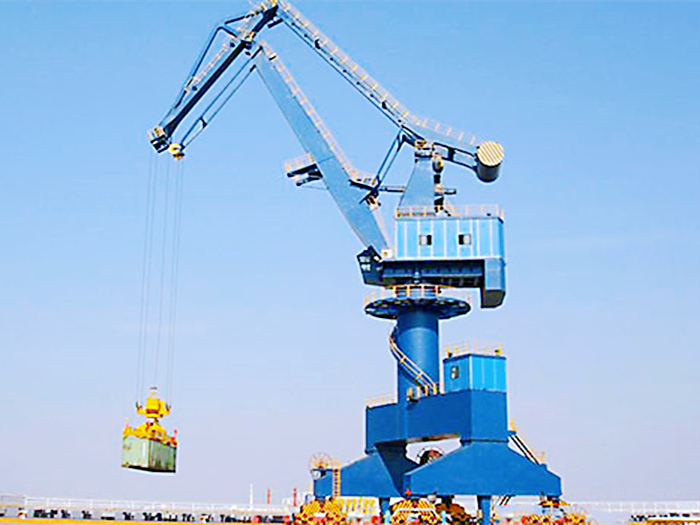
Grúa de pedestal costa afuera Grúa de pórtico